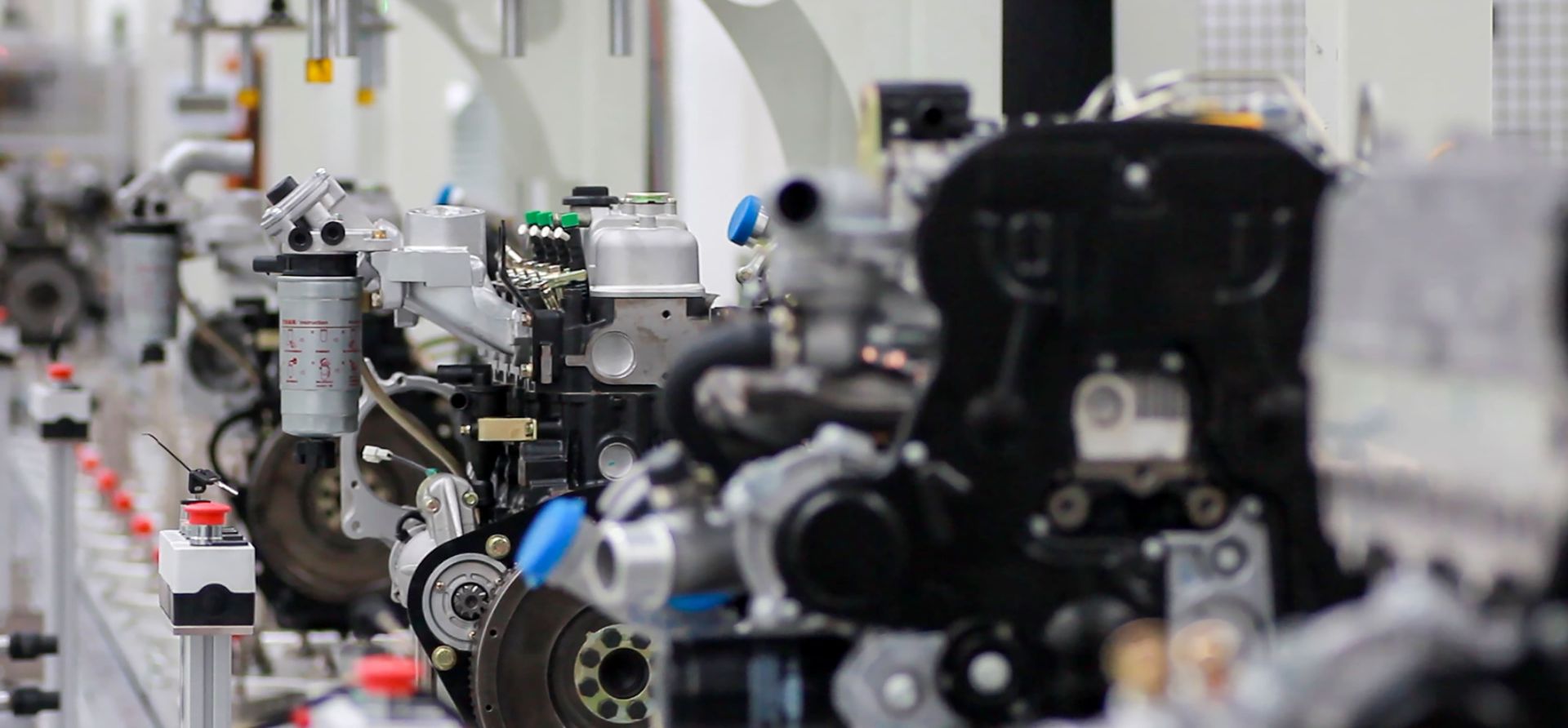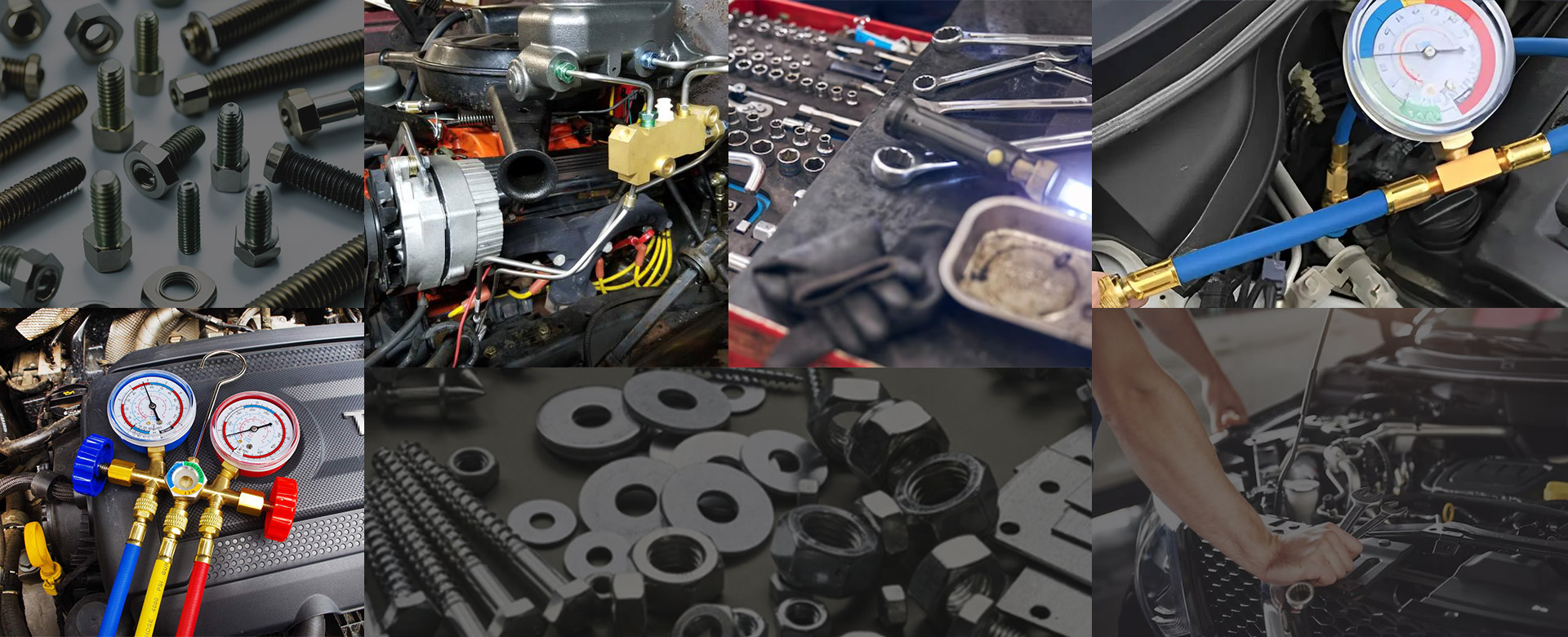Understanding Brass Fittings in Plumbing and Piping Systems
22 Dec 2023
Introduction:
Brass fittings play a crucial role in the world of plumbing and piping systems. Known for their durability, corrosion resistance, and versatility, these fittings are indispensable components that connect various pipes and ensure the smooth flow of liquids and gases. In this article, we will delve into the characteristics, types, and applications of brass fittings, shedding light on their importance in maintaining efficient and reliable plumbing systems.
Characteristics of Brass Fittings:
Brass, a metal alloy composed primarily of copper and zinc, imparts several key characteristics to fittings. These include exceptional durability, resistance to corrosion, and the ability to withstand high temperatures and pressures. Brass fittings are also malleable, allowing for easy shaping and installation. These characteristics make brass fittings ideal for a wide range of applications, from residential plumbing to industrial piping systems.
Types of Brass Fittings:
Brass fittings come in various types, each designed to serve specific purposes in plumbing and piping systems. Common types include brass elbows, tees, couplings, adapters, and valves. Elbows enable changes in pipe direction, tees facilitate the junction of three pipes, couplings connect two pipes together, adapters allow for different pipe sizes to be joined, and valves control the flow of liquids or gases. Understanding the distinct roles of each type is essential for proper system design and functionality.
Applications in Plumbing Systems:
In residential plumbing, brass fittings find extensive use in connecting pipes for water supply and drainage. The corrosion resistance of brass ensures the longevity of these fittings, reducing the risk of leaks and maintenance issues. Brass fittings are also widely employed in the construction of faucets, showerheads, and other plumbing fixtures due to their aesthetic appeal and reliable performance.
Industrial Piping Systems:
In industrial settings, where robustness and durability are paramount, brass fittings are favored for their ability to withstand harsh conditions. They are extensively used in chemical processing plants, oil refineries, and manufacturing facilities. The versatility of brass fittings makes them suitable for a variety of applications, including conveying chemicals, gases, and liquids within complex piping networks.
Advantages of Brass Fittings:
The popularity of brass fittings can be attributed to several advantages they offer. These include excellent thermal conductivity, ease of installation, and resistance to rust and corrosion. Additionally, brass fittings are known for their antimicrobial properties, making them suitable for applications in the healthcare sector where hygiene is a top priority.
Considerations in Selecting Brass Fittings:
While brass fittings are highly versatile, selecting the right type is crucial for the success of a plumbing or piping project. Factors such as the type of fluid being conveyed, temperature and pressure requirements, and compatibility with other materials in the system should be considered. Additionally, adherence to industry standards and regulations ensures the safety and reliability of the overall system.
Maintenance and Care:
Proper maintenance is essential to prolong the life of brass fittings. Regular inspections for signs of corrosion, leaks, or wear are recommended. Cleaning with a mild solution and avoiding abrasive materials can help preserve the aesthetic appeal of brass fittings. In cases where exposure to harsh chemicals is anticipated, protective coatings or alternative materials may be considered to enhance longevity.
Conclusion:
Brass fittings stand as integral components in plumbing and piping systems, offering a combination of durability, versatility, and aesthetic appeal. Understanding their characteristics, types, and applications is crucial for designing efficient and reliable systems. As technology advances, brass fittings continue to evolve, adapting to new challenges and contributing to the seamless functioning of diverse fluid transport systems. Whether in residential homes or industrial complexes, the importance of brass fittings in ensuring the integrity of fluid conveyance cannot be overstated.

Brass fittings play a crucial role in the world of plumbing and piping systems. Known for their durability, corrosion resistance, and versatility, these fittings are indispensable components that connect various pipes and ensure the smooth flow of liquids and gases. In this article, we will delve into the characteristics, types, and applications of brass fittings, shedding light on their importance in maintaining efficient and reliable plumbing systems.
Characteristics of Brass Fittings:
Brass, a metal alloy composed primarily of copper and zinc, imparts several key characteristics to fittings. These include exceptional durability, resistance to corrosion, and the ability to withstand high temperatures and pressures. Brass fittings are also malleable, allowing for easy shaping and installation. These characteristics make brass fittings ideal for a wide range of applications, from residential plumbing to industrial piping systems.
Types of Brass Fittings:
Brass fittings come in various types, each designed to serve specific purposes in plumbing and piping systems. Common types include brass elbows, tees, couplings, adapters, and valves. Elbows enable changes in pipe direction, tees facilitate the junction of three pipes, couplings connect two pipes together, adapters allow for different pipe sizes to be joined, and valves control the flow of liquids or gases. Understanding the distinct roles of each type is essential for proper system design and functionality.
Applications in Plumbing Systems:
In residential plumbing, brass fittings find extensive use in connecting pipes for water supply and drainage. The corrosion resistance of brass ensures the longevity of these fittings, reducing the risk of leaks and maintenance issues. Brass fittings are also widely employed in the construction of faucets, showerheads, and other plumbing fixtures due to their aesthetic appeal and reliable performance.
Industrial Piping Systems:
In industrial settings, where robustness and durability are paramount, brass fittings are favored for their ability to withstand harsh conditions. They are extensively used in chemical processing plants, oil refineries, and manufacturing facilities. The versatility of brass fittings makes them suitable for a variety of applications, including conveying chemicals, gases, and liquids within complex piping networks.
Advantages of Brass Fittings:
The popularity of brass fittings can be attributed to several advantages they offer. These include excellent thermal conductivity, ease of installation, and resistance to rust and corrosion. Additionally, brass fittings are known for their antimicrobial properties, making them suitable for applications in the healthcare sector where hygiene is a top priority.
Considerations in Selecting Brass Fittings:
While brass fittings are highly versatile, selecting the right type is crucial for the success of a plumbing or piping project. Factors such as the type of fluid being conveyed, temperature and pressure requirements, and compatibility with other materials in the system should be considered. Additionally, adherence to industry standards and regulations ensures the safety and reliability of the overall system.
Maintenance and Care:
Proper maintenance is essential to prolong the life of brass fittings. Regular inspections for signs of corrosion, leaks, or wear are recommended. Cleaning with a mild solution and avoiding abrasive materials can help preserve the aesthetic appeal of brass fittings. In cases where exposure to harsh chemicals is anticipated, protective coatings or alternative materials may be considered to enhance longevity.
Conclusion:
Brass fittings stand as integral components in plumbing and piping systems, offering a combination of durability, versatility, and aesthetic appeal. Understanding their characteristics, types, and applications is crucial for designing efficient and reliable systems. As technology advances, brass fittings continue to evolve, adapting to new challenges and contributing to the seamless functioning of diverse fluid transport systems. Whether in residential homes or industrial complexes, the importance of brass fittings in ensuring the integrity of fluid conveyance cannot be overstated.


